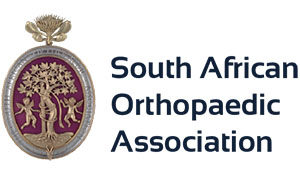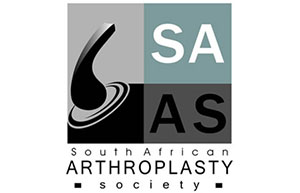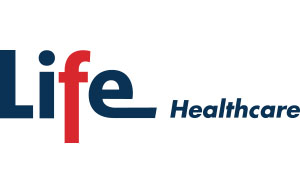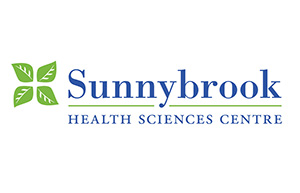
Adult and Paediatric Fractures and Trauma
Traumatic injuries to the musculoskeletal system can lead to fractures of the bone and/or injuries to ligaments, cartilage and tendons. The management options range from conservative (non-surgical) options such as casting and splinting to various surgical options. Surgery for fractures involves the use of either internal or external fixation devices to realign the bone fragments and ensure the optimal biological and biomechanical environment for the bone to heal.
Dr Manjra will comprehensively assess the patient’s injury to arrive at the best therapeutic option to ensure your safe and healthy recovery.
Dr Manjra will also discuss the various options with you and your family to equip you to be part of the decision making process.
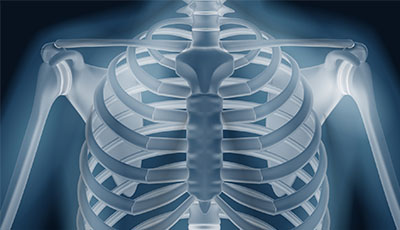
General Orthopaedic Conditions
Based on age, level of activity, anatomical variances amongst many other factors many of us develop conditions which are amendable to either conservative (non-surgical) or surgical orthopaedic treatment. These conditions can present with pain either at rest or with activity, loss of range of motion of a joint, the feeling of instability or not being able to trust the limb and the inability to engage in activities that we would ordinarily want to do-such as simple activities such walking and self care or more involved activities such as sports or hobbies.
The treatment of these conditions depends on making the correct diagnosis through a comprehensive history and physical examination with judicious use of special investigations such as x-rays, ultrasound or MRI.
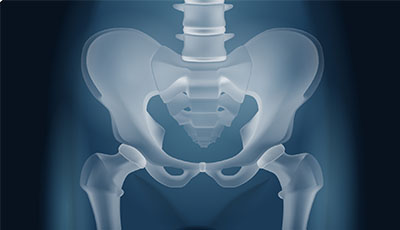
Hip pain, arthritis and hip replacement
A hip replacement or hip arthroplasty is the gold standard for treatment of a damaged or worn out hip joint. Causes of hip joint degeneration include various types of arthritis, trauma or fracture, avascular necrosis or a sports injury. Symptoms which you may experience are hip or groin pain, loss of function and/or ability to perform normal daily activities or hobbies/sports and loss of range of motion of the hip.
There are various surgical approaches to the hip which you may have read about. Through his training both in South Africa and Canada, Dr Manjra has been trained in a number both traditional and minimally invasive approaches, such as the Direct Anterior Approach (DAA) to the hip. Prior to surgery Dr Manjra will discuss the benefits and risks of each, and formulate a surgical plan with a post operative rehabilitation programme depending on your condition and needs.

Knee pain, arthritis and knee replacement
The knee is a complex joint and is sometimes even referred to as an organ. The causes of knee pain are numerous and arriving at the correct diagnosis and treatment plan requires a careful history from you the patient, a thorough physical examination by the surgeon and special investigations such as x-rays, MRI or CT scan.
Just as the causes of knee pain are numerous, so too are the treatment options. These range from conservative measures such as physiotherapy and muscle strengthening, to minimally invasive techniques such as arthroscopy to treat problems within the joint. An arthroscopy uses a camera inserted through a key hole incision to access the knee joint to diagnose and treat pathology or injuries.
An osteotomy is indicated if your limb has underlying deformity which is causing increased stress or arthritis in a certain part of the joint. You may notice that your leg is “bow legged” or “knock knee”. An osteotomy involves cutting the bone around the joint and then realigning the bone to equalise the pressure within the joint.
A knee replacement or knee arthroplasty is done to treat damaged or worn cartilage in the knee. This can be due to various forms of arthritis, previous trauma or injury to the knee or avascular necrosis. Symptoms which you may experience are pain around the knee, loss of function and/or ability to perform normal daily activities or hobbies/sports, instability and loss of range of motion.
Depending on how badly affected the knee is at the time of surgery, there remains the option of either doing a partial knee replacement where only the damaged portion of the knee is replaced, or a total knee replacement where all compartments are replaced. The postoperative rehabilitation is critical is knee replacements to ensure that good range of motion is achieved and the knee does not become stiff.

